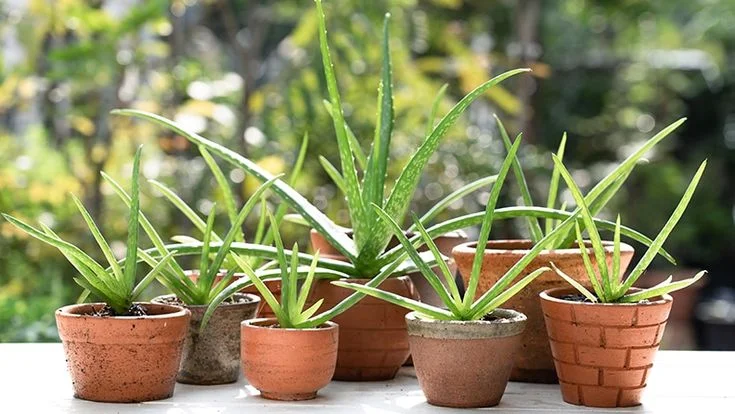Aloe vera is a hardy and low-maintenance succulent that can grow well with minimal care. Whether you are an experienced gardener or a beginner, knowing how to care for your aloe vera plant will help it thrive at home. In this guide, we will cover essential tips for watering, lighting, soil, temperature, and propagation to ensure your plant stays healthy and strong.
How to Care for Aloe Vera Plant
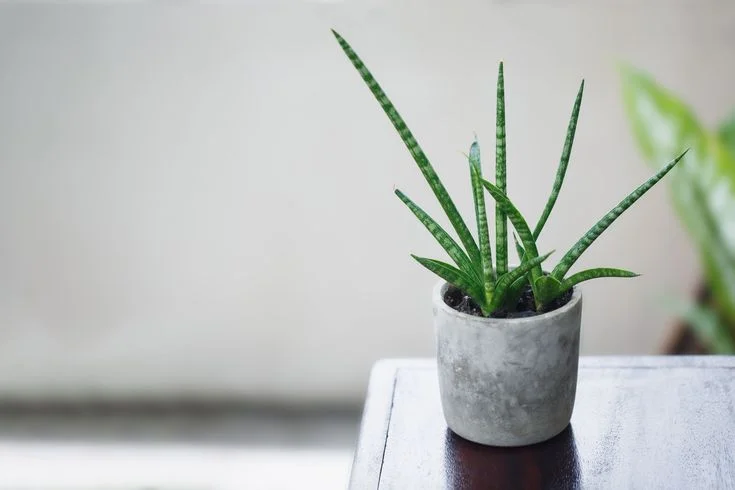
Aloe vera is a hardy and low-maintenance succulent that can thrive with the right care. However, even a resilient plant like aloe vera benefits from proper attention to its light, soil, watering, temperature, and overall environment. By following the tips below, you can ensure your aloe vera grows healthy, vibrant, and long-lasting.
Providing Adequate Light
Bright, Indirect Sunlight
Aloe vera requires plenty of bright, indirect sunlight to grow well. Place your plant near a south- or west-facing window where it can receive sufficient light without being exposed to harsh direct sunlight, which may burn the leaves.
Outdoor Light Considerations
If you grow your aloe vera outdoors, it is important to shield it from intense midday sun. Morning or late afternoon sun is ideal for outdoor plants. Proper light not only promotes growth but also helps maintain the natural green color and firmness of the leaves. Insufficient light can lead to elongated, weak leaves, while excessive sun can scorch the plant.
Choosing the Right Soil
Well-Draining Soil
Good soil is essential for the overall health of an aloe vera plant. Using a well-draining cactus or succulent soil mix prevents excess water from sitting in the pot, which can lead to root rot and other fungal problems.
Soil Amendments
Alternatively, you can create a suitable mix by combining regular potting soil with sand or perlite to improve drainage. Well-draining soil ensures that the roots are not waterlogged, which helps the plant grow strong and healthy.
Pot Selection
Always choose a pot with drainage holes to allow water to escape. A pot without proper drainage can trap water, leading to root damage and poor plant health. Repotting in the right container also gives the plant room to grow and thrive.
Watering Your Aloe Vera
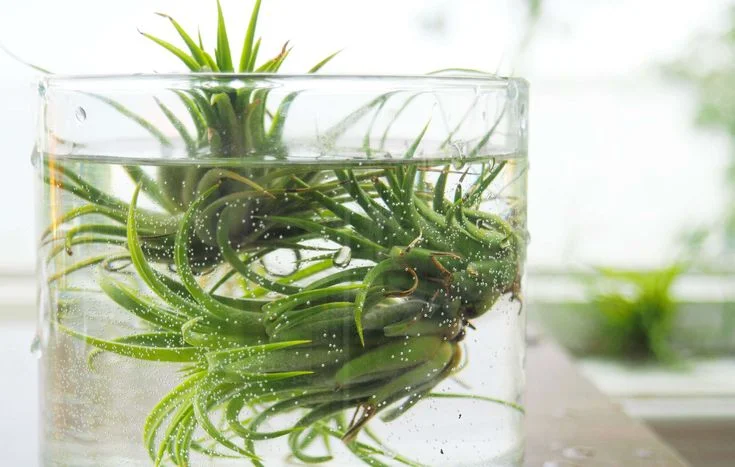
Avoid Overwatering
Overwatering is one of the most common mistakes made with aloe vera care. It is crucial to allow the soil to dry completely between waterings.
Seasonal Watering Schedule
During the growing season in spring and summer, water your plant approximately every 2–3 weeks. In fall and winter, the plant enters a dormant phase and requires less water. Always check the soil’s moisture before watering to prevent waterlogged conditions.
Signs of Improper Watering
Drooping or yellowing leaves often indicate overwatering, while thin, dry, or curling leaves can signal underwatering. Monitoring soil moisture and adjusting watering routines accordingly will keep your aloe vera healthy and thriving.
Maintaining Optimal Temperature
Aloe vera grows best in warm temperatures ranging from 59°F to 77°F (15°C to 25°C). Protect your plant from cold drafts and avoid exposing it to temperatures below 50°F (10°C), as frost can severely damage the leaves.
If the plant is grown outdoors, bring it inside during cold weather. Maintaining a stable temperature encourages steady growth and reduces stress on the plant. Sudden temperature changes can cause leaf damage and slow growth, so it is important to provide a consistent environment.
Ensuring Proper Air Circulation
Proper air circulation is vital for preventing fungal infections and promoting healthy growth. Avoid placing your aloe vera in enclosed spaces with stagnant air. Good ventilation not only helps the soil dry faster after watering but also reduces the risk of mold or mildew.
Furthermore, by ensuring consistent airflow around the plant, you can minimize the likelihood of pests settling on the leaves, such as spider mites, which are a common issue for indoor plants (learn more about signs of spider mites).
Repotting and Potting Tips
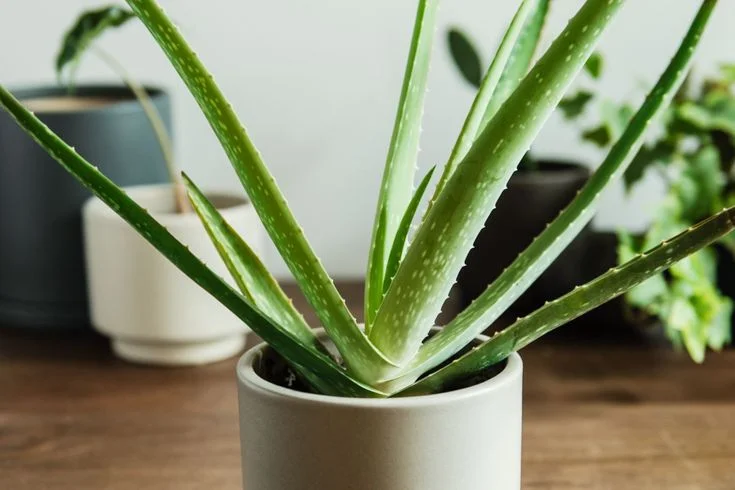
When to Repot
Repot your aloe vera every 1–2 years to refresh the soil and provide extra space for root development. Regular repotting helps prevent soil compaction, which can hinder growth and water drainage.
Pot Selection and Handling
Choose a pot slightly larger than the current one with sufficient drainage holes. During repotting, handle the plant carefully to avoid damaging its leaves or roots. Removing old soil and providing fresh, well-draining soil encourages vigorous growth and ensures the plant remains healthy.
Propagating: How to Care for Aloe Vera Plant
Aloe vera naturally produces offshoots, also called “pups,” at the base of the plant. Propagating these pups is an easy way to grow new plants.
How to Propagate
To propagate, carefully separate the pups from the main plant, making sure each has an adequate root system. Plant the pups in a new pot with well-draining soil. Allowing the roots to settle for a few days before watering helps prevent rot.
Caring for New Plants
Treat the new plants like mature aloe vera, providing proper light, water, and soil conditions. With proper care, they will develop into strong and healthy plants.
Preventing Pests and Diseases
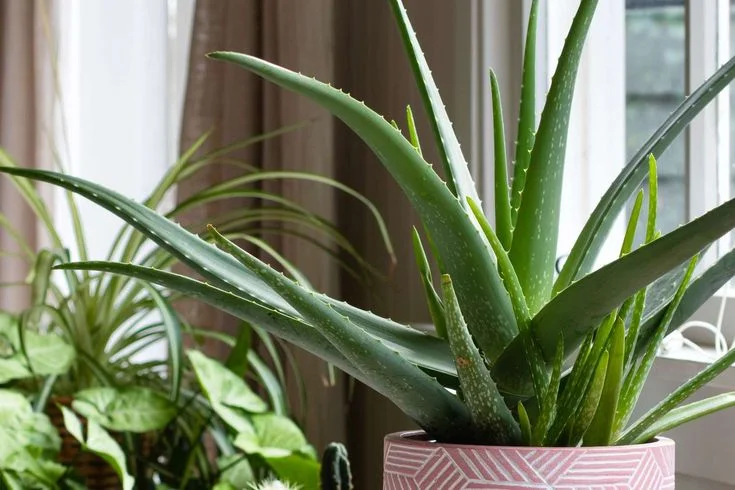
Although aloe vera is generally resistant to pests, occasional infestations can occur, most commonly mealybugs or aphids. Regularly inspect the plant for signs of pests and treat them promptly using natural remedies like neem oil or insecticidal soap.
Overwatering can also lead to fungal infections and root rot. Ensuring the soil dries completely between waterings and providing adequate air circulation reduces the risk of disease. Keeping a clean environment around your plant further minimizes pest and disease problems.
Winter Care Tips
During winter, aloe vera enters a period of slower growth. During this time, reduce watering to match the plant’s lower water needs.
Place your aloe vera in a warm, well-lit area away from drafty windows and direct heat sources like radiators or heaters. Sudden temperature changes or excessive heat can stress the plant and cause leaf damage. With proper winter care, your aloe vera will survive the colder months and resume growth in spring.
Frequently Asked Questions (FAQs)
How often should I water my aloe vera plant?
Water every 2–3 weeks during the growing season, allowing the soil to dry completely. In the dormant season, water less frequently.
Can I grow aloe vera outdoors?
Yes, aloe vera can grow outdoors in warm climates above 50°F (10°C). Protect it from frost and harsh midday sun.
Why are the leaves of my aloe vera turning yellow?
Yellow leaves usually indicate overwatering or poor drainage. Make sure the soil dries between waterings and the pot has drainage holes.
How can I propagate my aloe vera plant?
You can propagate aloe vera by separating the pups from the mother plant and planting them in well-draining soil. Let them dry for a few days before planting to prevent rot.
How to Care for Aloe Vera Plant: Conclusion
Caring for an aloe vera plant is simple when you provide the right conditions. First, by giving it enough light and then using suitable soil, your aloe vera can develop strong roots and healthy leaves.
Next, watering carefully and maintaining good air circulation will further support its growth. Additionally, you can propagate pups to grow new plants, which allows you to expand your collection.
For those interested in growing other low-maintenance houseplants, learning how to care for a Dieffenbachia plant can be a great addition to your indoor garden. Finally, keep an eye on pests and adjust care routines as needed to ensure your aloe vera remains healthy, vibrant, and thriving.

